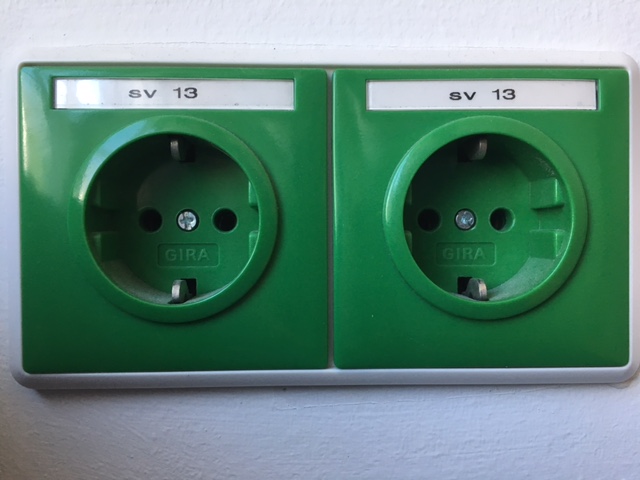JMM-Compare – Comparison of Joint-Market Models
Project Leader: Prof. Dr. Jörg Rambau
Contact: Prof. Dr. Jörg Rambau
Project start: 2017/04/01 Project end: 2018/01/31
Project team:
- Prof. Dr. Jörg Rambau
- Dr. Florian Häberlein
External partners:
- TenneT (Bayreuth)
- Andrea Kraus (Master-Studentin)

Project description:
APPLICATION BACKGROUND
Energy providers need to adapt to various demand and supply scenarios. Especially difficult to predict are the supplies coming from regenerative sources like wind power plants, since the weather has a strong influence on the energy produced. In contrast to this, demands can be predicted at a higher accuracy. The actions of all the energy providers and customers together induce a certain energy transport scenario for which any energy network must provide a safe infrastructur. Thus, any manager of an energy network (like the company TenneT, with whom the Lehrstuhl Wirtschaftsmathematik cooperates in this project) needs to be able to model the possible energy transport scenarios as accurately as possible. The main task in this master's thesis project is to accelerate the computation of energy transport scenarios by tighter models.
CONTRIBUTION TO THE MISSION OF MODUS
Energy transport scenarios are modeled in the literatur by large mathematical optimization problems, the so-called Joint-Market Models (JMM). Many approaches use Mixed-Integer Linear Programming Models (MILP), based on so-called Unit Commitment Problems (UCP) that represent the cost optimal operation of power plants under technical side constraints. The formal modeling uses binary variables for switching on and of certain components and continuous variables for adjustable power deliveries. Side constraints in these variables conprise, e.g., minimal up- and down-times as well as capacities as well as minimal and maximal output power.
RESULTS
In this Master's thesis project, three modeling modifications for the JMM have been evaluated: A tighter formulation of the unit commitment restrictions, a Dantzig-Wolfe decomposition with single-unit power schedules as columns, and a Dantzig-Wolfe decomposition with single-timeslot power distributions as columns. In small-scale examples it could be seen that the Dantzig-Wolfe decomposition with single-timeslot power distributions as columns led to the tightest root relaxation. Thus, this modeling modification should be chosen as the next research object. The question to answer next are: how can the pricing problem (deriving promising single-timeslot power distributions) be solved as efficiently as possible, and which branching rules are the fastest in the master problem (deriving a power distribution over time that is feasible)?

